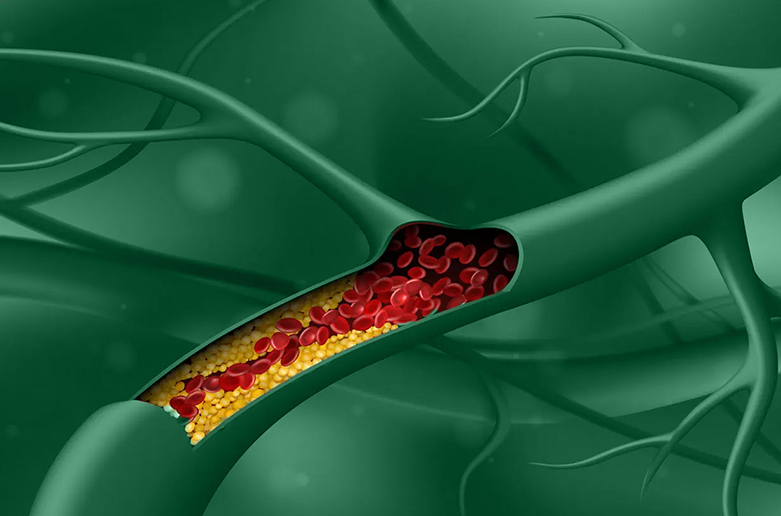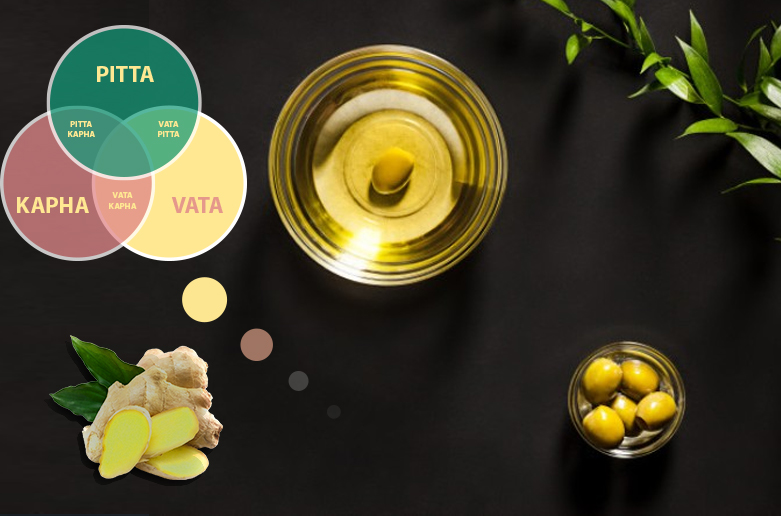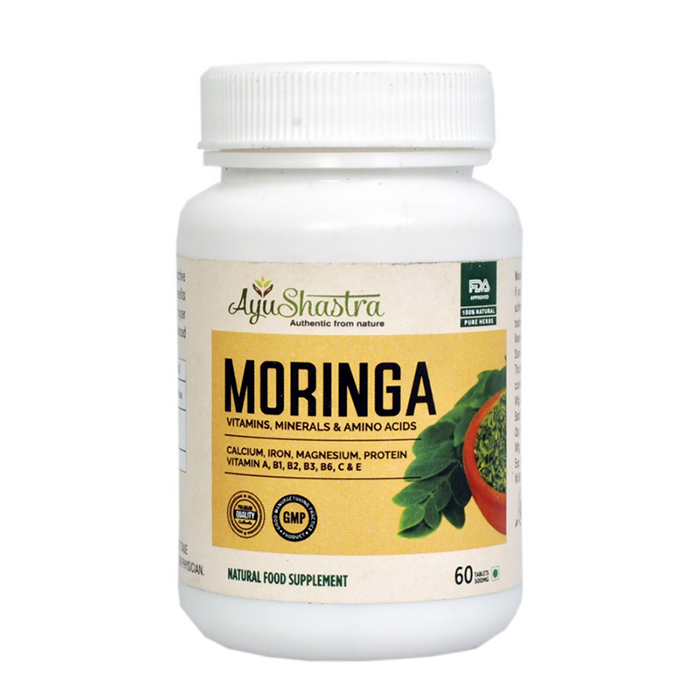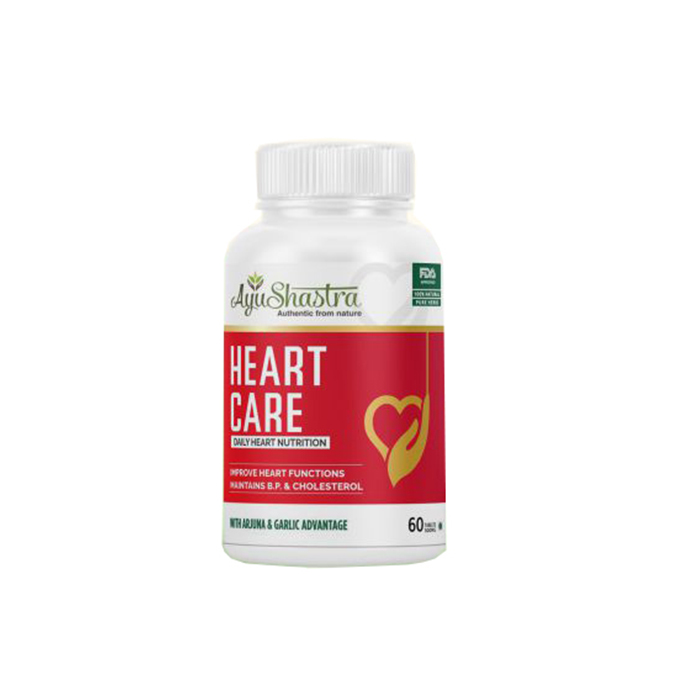
Why is CHOLESTEROL a severe health hazard, according to AYURVEDA?
Ayurveda are the ancient Vedic health scriptures that have elaborately discussed the negative impacts of Medha Dhatu or cholesterol on the health of an individual. Medha Dhatu Vridhi or increased levels of cholesterol lead to the obstruction of Strotas (arteries), resulting in various health hazards collectively termed as Sthaulya-Medorog. Our ancient health scriptures have also suggested remedial Ayurvedic medicines for cholesterol, like Moringa, Arjuna, Alsi, and Turmeric, to reverse the hazardous effects of Medha Dhatu Vridhi.
To comprehend it in a simple and understandable way, Cholesterol is the fatty substance that gets accumulated in the body. It gets deposited in the arteries and veins and obstructs the blood flow, resulting in severe health conditions like hyperlipidemia, atherosclerosis, hypertension, cardiovascular diseases, and strokes. Ayurveda considers cholesterol the prime reason behind various chronic and deadly diseases and has suggested various Ayurvedic medicines for cholesterol to reduce the high levels of cholesterol in the body.



